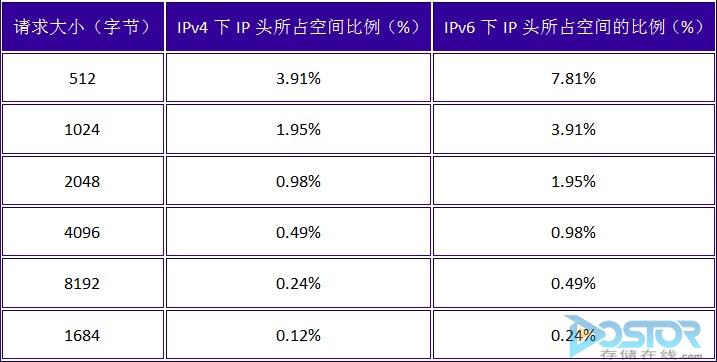Over the last several years, there has been a gradual shift away from server-based storage to centralized network-based storage. Until recently, the two choices for network- based storage were either network attached storage (NAS) for sharing storage resources using CIFS and NFS or fibre-channel storage area networks (FC-SAN) for sharing block-based storage resources using fibre-channel protocol. Fibre-channel is fast and highly reliable, perfect for revenue critical applications, but proved too expensive and complex for all application servers within the data center. NAS, on the other hand, was much simpler and not as expensive as FC-SANs, but proved to be difficult to scale and not reliable enough for all applications. The limitations of NAS and FC-SAN left the majority of servers still using internal storage. There was a need for another form of network storage that combined the simplicity and flexibility of IP with the scalability, reliability and block-based properties of an FC-SAN. The IETF committee and industry giants worked together to create the new iSCSI standard storage protocol. iSCSI is reliable and block-based like FC-SANs, but it based on IP so it simple and cost effective to deploy like NAS.
This white-paper provides information for businesses that are considering an iSCSI IP-SAN to provide centralized storage architecture for large numbers of mission critical application servers.
Topics reviewed include:
- 100% redundant connection paths between servers and the iSCSI IP-SAN
- iSCSI IP-SAN component clustering with automatic failover using IP-Takeover
- Real-time network based data mirroring and multi-pathing
- Creating a remote hot, warm or cold DR site


